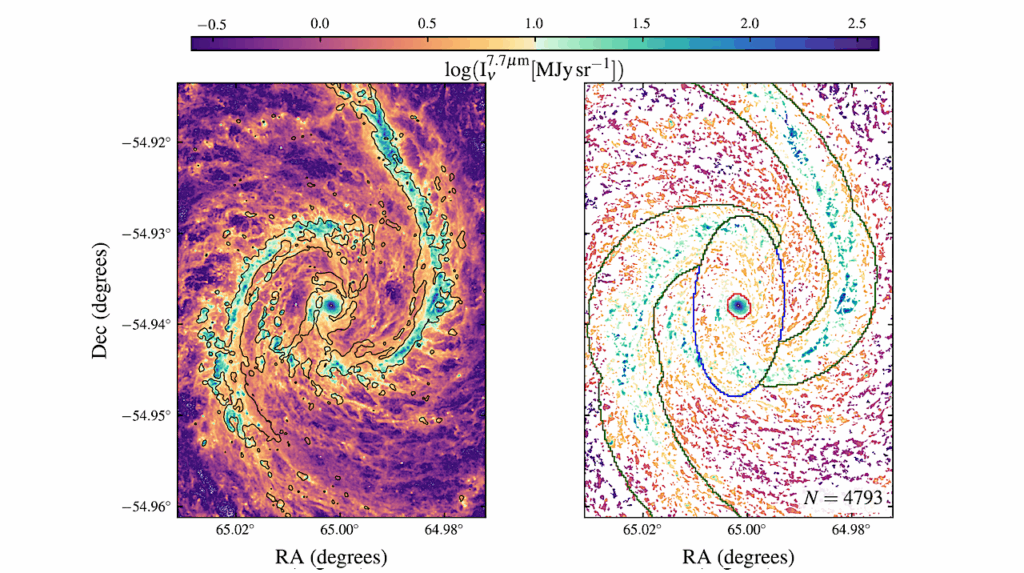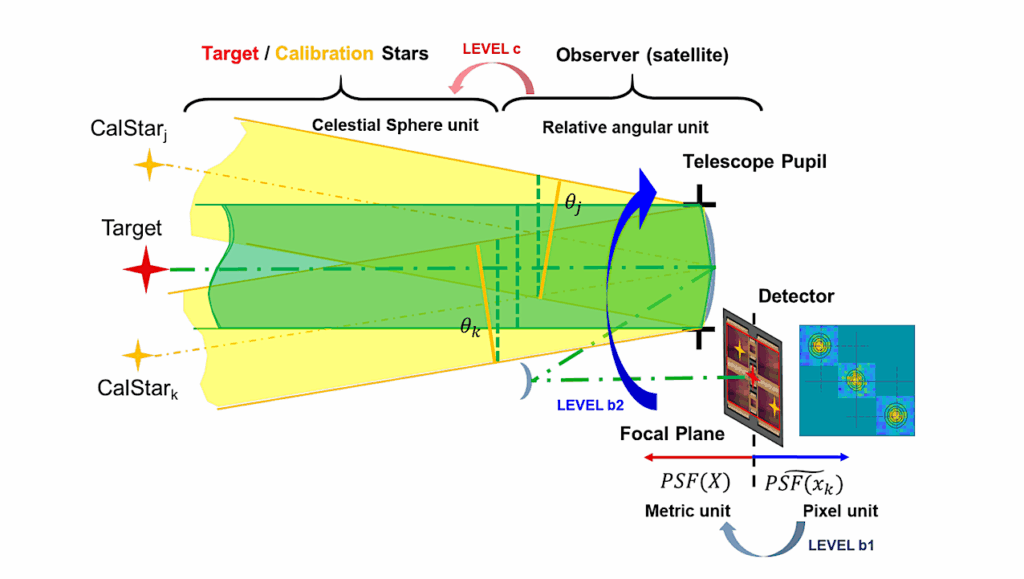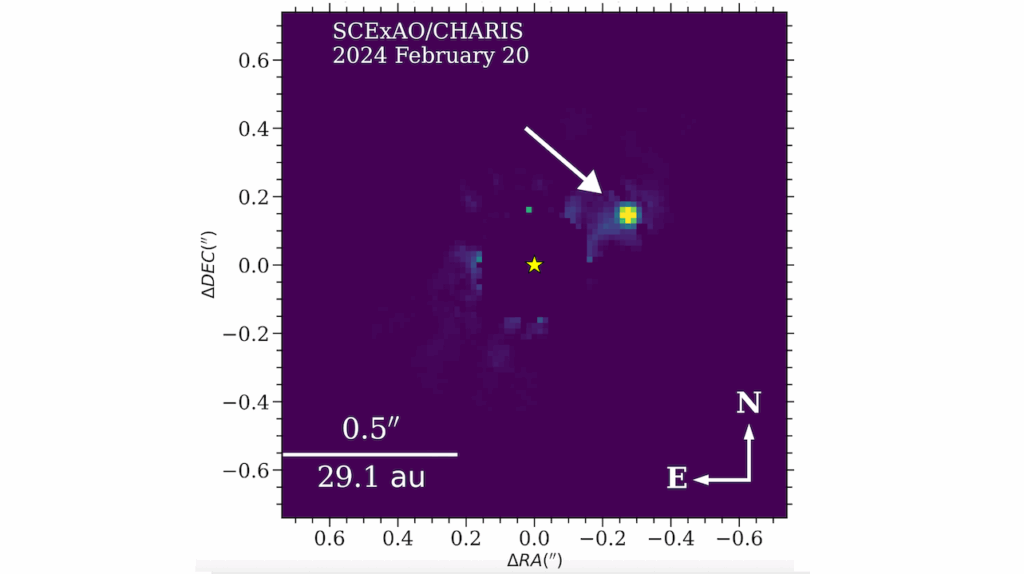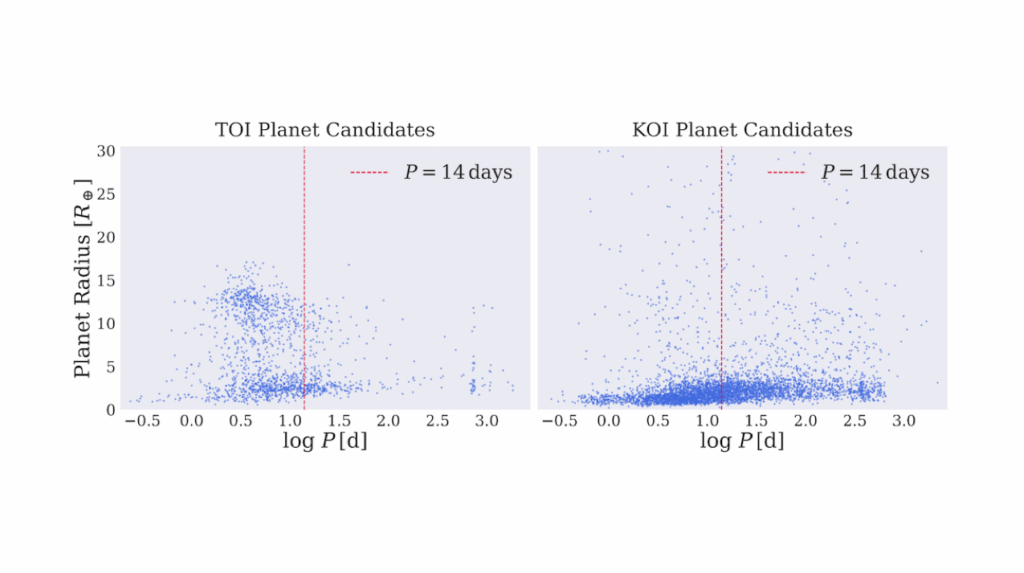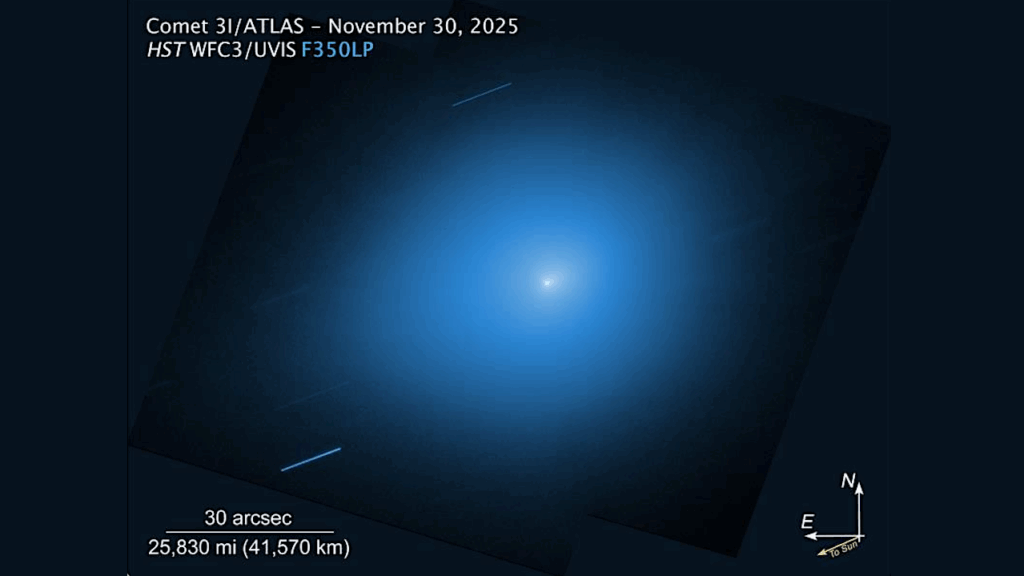Detecting Surface Liquid Water On Exoplanets
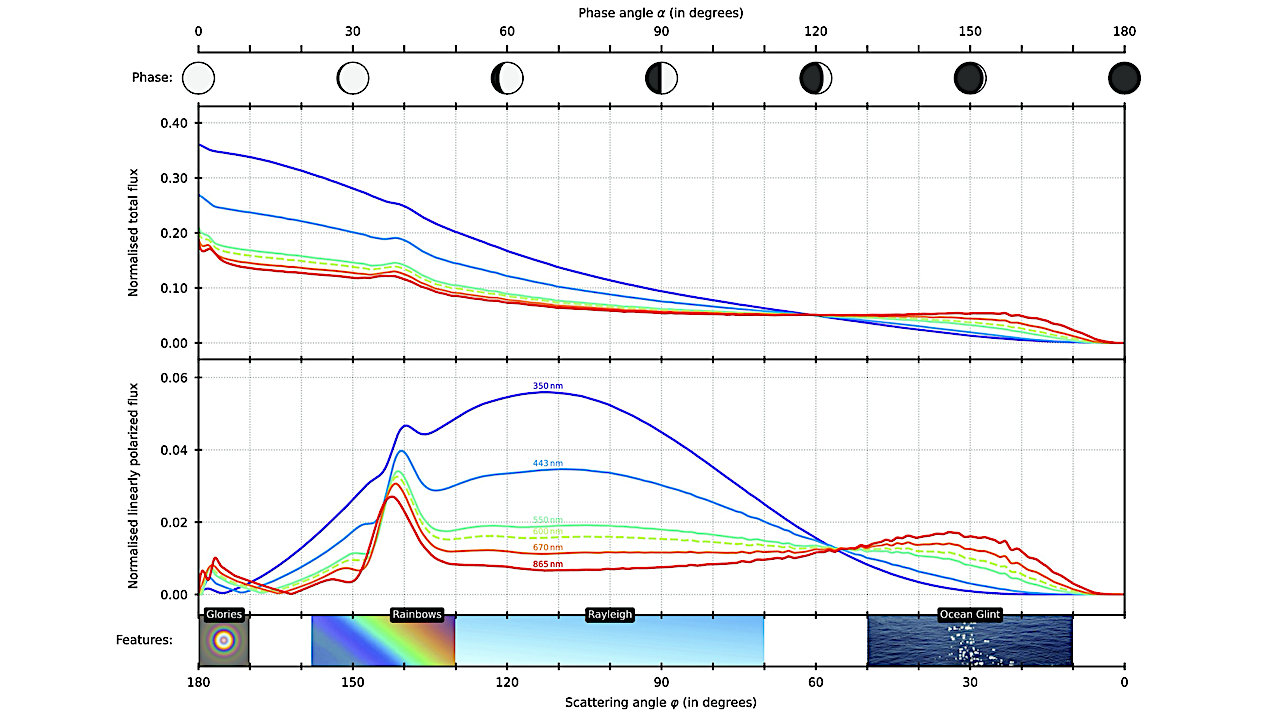
Planets with large bodies of water on their surface will have more temperate and stable climates, and such planets are the ideal places for life-as-we-know-it to arise and evolve.
A key science case for the Habitable Worlds Observatory (HWO) is to determine which planets host surface liquid water. Aside from its implications for planetary climate and astrobiology, detecting surface water on terrestrial exoplanets would place important constraints on our theories of planet formation and volatile delivery. Rotational variability in the reflectance of an exoplanet may reveal surface features rotating in and out of view, including oceans.
Orbital changes in reflectance and polarization, meanwhile, are sensitive to the scattering phase function of the planetary surface, including specular reflection from large bodies of water. Although these techniques are applicable to all temperate terrestrial exoplanets, we focus in this document on the directly-imaged planets that are more likely to drive the HWO coronagraph design.
Identification of water oceans relies on detecting a liquid, and using other lines of evidence to narrow that liquid down to being water. Liquids have smoother surfaces than most solids, and hence exhibit specular reflection instead of diffuse reflection. In practice, this makes lakes and oceans look dark from most illumination angles, but mirror-like at glancing angles.
HWO is uniquely capable of identifying surface liquid oceans via their optical properties. Given that discovering an ocean on an exoplanet would confirm its status as a habitable world, this science case is literally the raison d’etre of the Habitable Worlds Observatory.
Nicolas B. Cowan, Jacob Lustig-Yaeger, Renyu Hu, Laura C. Mayorga, Tyler D. Robinson (on behalf of the Characterizing Exoplanets sub working group)
Comments: Towards the Habitable Worlds Observatory: Visionary Science and Transformational Technology SCDD, to be presented at HWO2025 and submitted to Astronomical Society of the Pacific following community comments
Subjects: Instrumentation and Methods for Astrophysics (astro-ph.IM); Earth and Planetary Astrophysics (astro-ph.EP)
Cite as: arXiv:2507.03071 [astro-ph.IM] (or arXiv:2507.03071v1 [astro-ph.IM] for this version)
https://doi.org/10.48550/arXiv.2507.03071
Focus to learn more
Submission history
From: Nicolas Cowan
[v1] Thu, 3 Jul 2025 18:00:01 UTC (5,360 KB)
https://arxiv.org/abs/2507.03071
Astrobiology, Astronomy,


